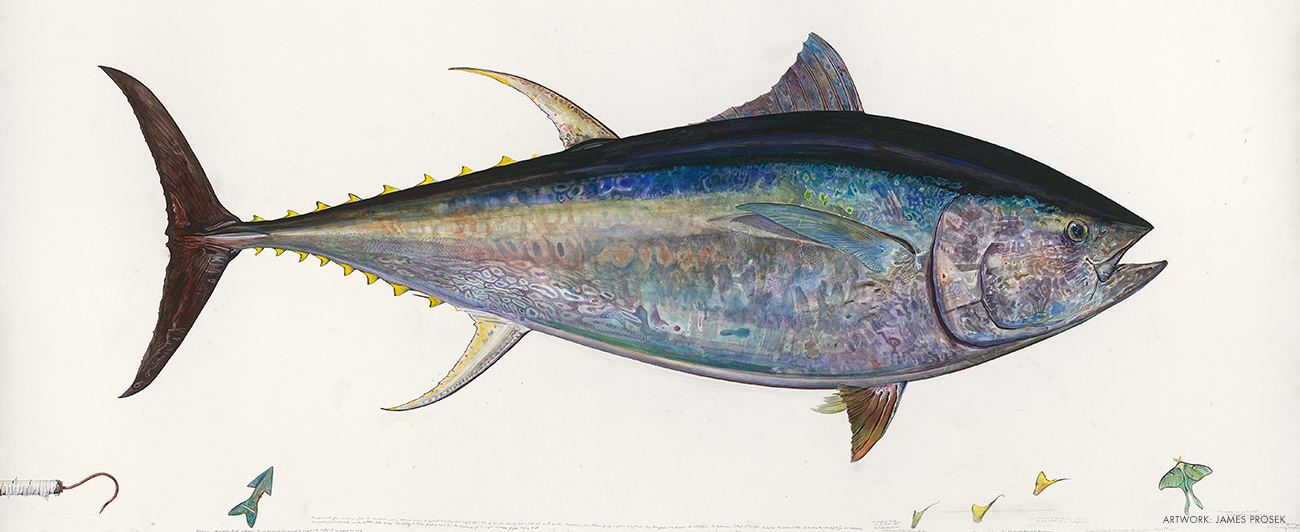Locale
NEW ENGLAND
Tilting at Bluefins
It’s ludicrous for a guy who lives in the dairy farm country of Vermont to be obsessed with a pelagic fish that seldom comes within 10 miles of the mainland. It’s a five-hour drive to the ocean, I don’t own a boat and you must be willing to immediately drop everything when a school comes close enough to shore to intercept them. Trying to catch one on a fly rod is the height of silliness. But if you flyfish long enough, you find there are aspects of the sport you love because of familiarity and comfort; and there are those that move you way outside your bubble into the realm of quixotic, adrenaline-fueled pursuit. Chasing bluefin tuna on the fly is the angling equivalent of tilting at windmills.
Bluefin are unique and remarkable for many reasons. Their colors are elusive and shimmering, combining olives, blues, grays, browns and whites into a subtle patina that changes with every flip of their tails. Their bodies are more than muscular, with a sensual hardness that rivals the abs of any video fitness star. Although all tunas can thermoregulate and thus are functionally warm-blooded, this ability is most highly developed in bluefin, allowing the fish to handle water temperatures from very cold to tropical. They can basically swim anyplace in the ocean they please. They are so hydrodynamically evolved that their eyes and fins fit into recesses in their bodies. North Atlantic bluefin, which grow bigger and faster than populations in the south Atlantic or Pacific, migrate from New England to the Mediterranean in waters over 50 feet deep, always staying close to abundant baitfish. No one has ever seen them spawn…
Subscribe to start your collection of the world’s best flyfishing publication
